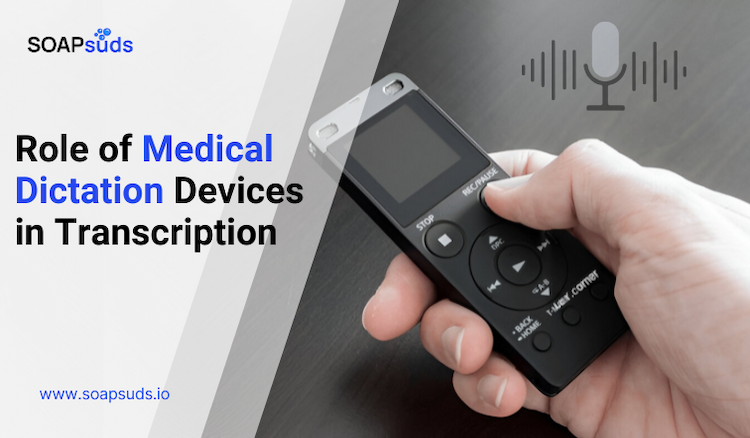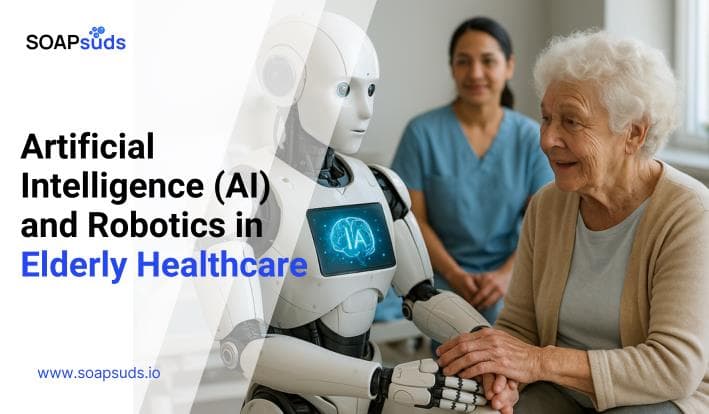Is AI Set to Replace Traditional Medical Transcription?
SOAPsuds team
Published: 2/4/2025
SOAPsuds team
Published: 2/4/2025

The change in medical documentation has opened up space for various tools and devices...

Integrating robotics and artificial intelligence (AI) into senior care is changing how elder support services

The ICD-10-CM (International Classification of Diseases, Tenth Revision, Clinical Modification) plays a key role...

The 11th version of the International Classification of Diseases (ICD-11) marks a major shift in...

Pediatric medical scribes play a valuable role in healthcare by helping pediatricians with medical...

Paperwork burnout in therapy happens when therapists become mentally and physically drained from constant...
Clinical Notes
SOAP notes
DAP notes
AI medical notes